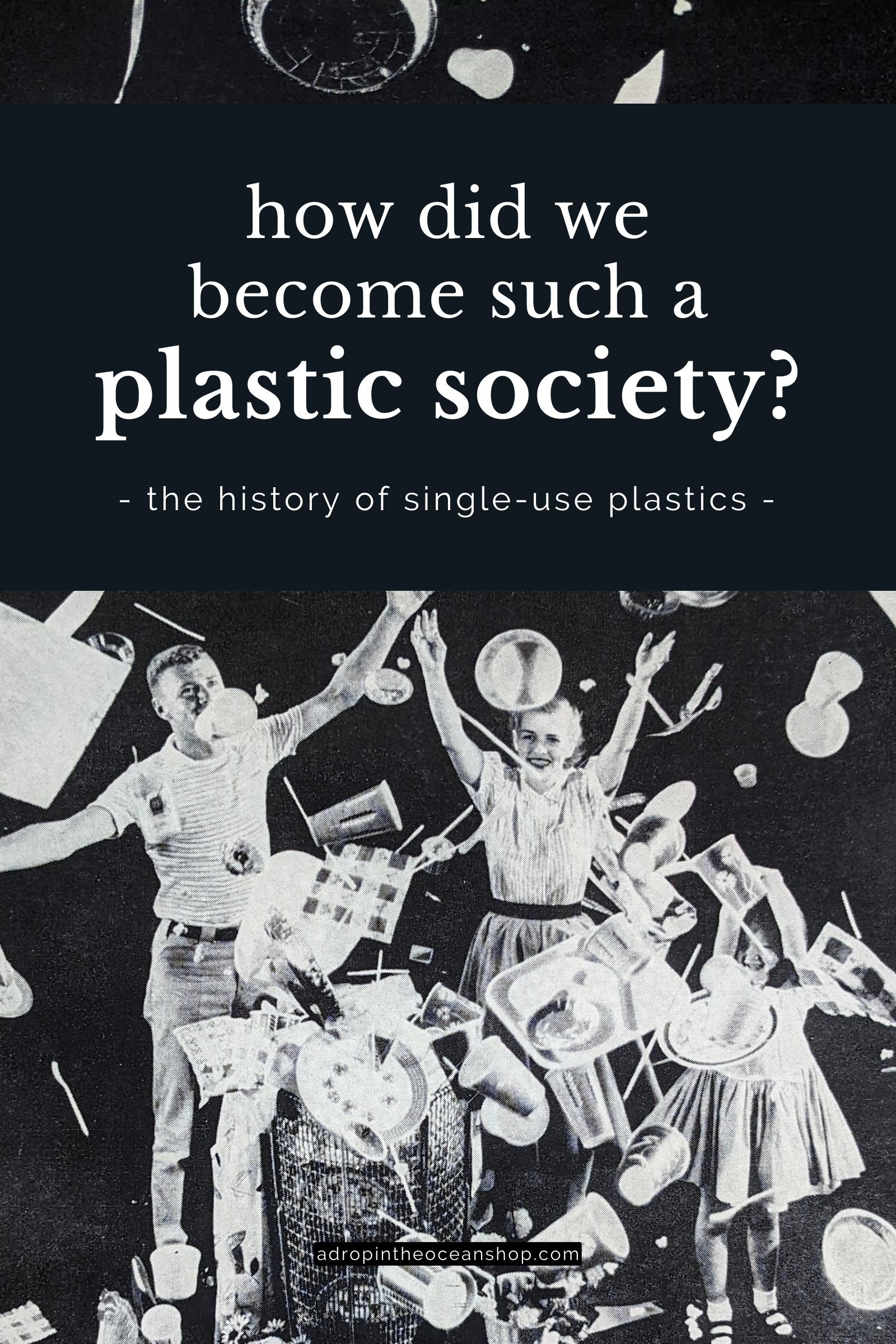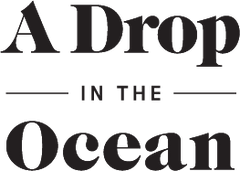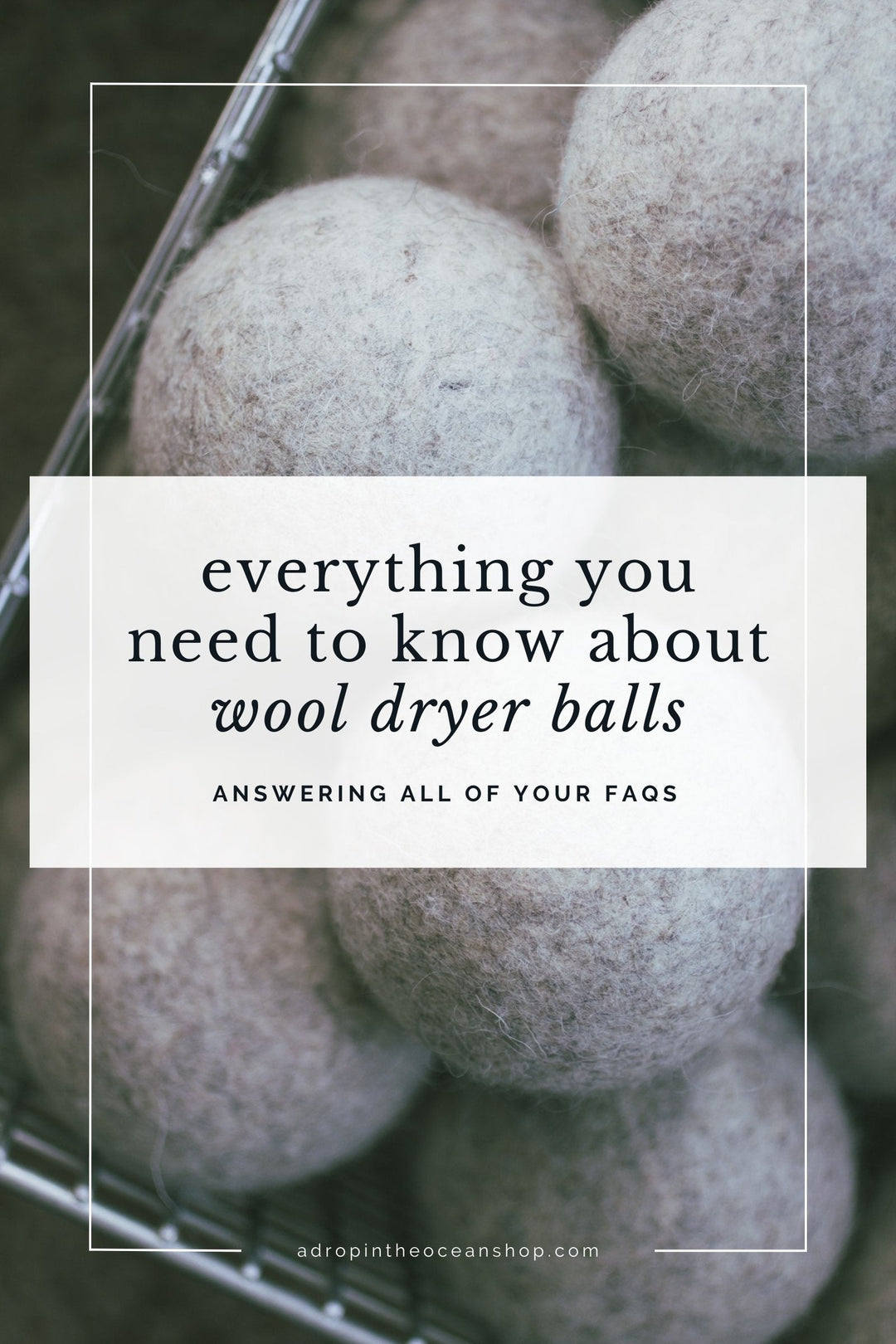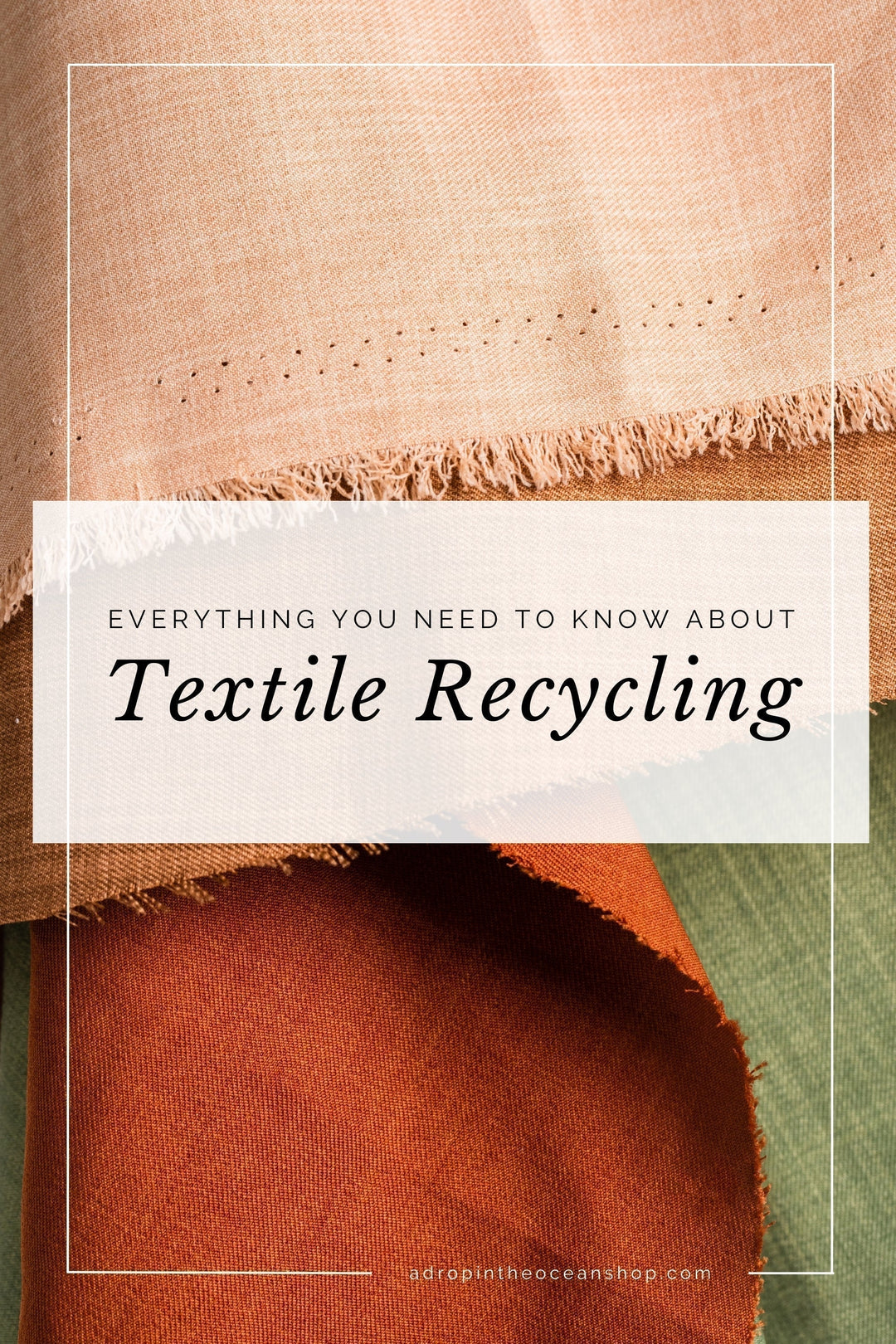The Ultimate History of Single-Use Plastics: How did we become a disposable society?

This post first appeared in our weekly Make Waves Mondays email series on July 18, 2022.
Hello friend!
It’s Plastic Free July! So I wanna talk about one of my favorite topics - the history of plastics and how the heck we became such a plastic society. Because, yes, I’m a nerd like that 😁
And I pinky promise it won’t be as boring as you think it will be.
It’s so easy to look around us at all of this gosh darn plastic and think, “How the heck did we get here??” How did a material that is literally designed to last forever end up surrounding us in the form of straws, bags, bottles, utensils, and packaging that’s intended to be used for just minutes?
The answer, my friend, is marketing.
You see, once upon a time not all too long ago, plastic didn’t exist.
The very first version of plastic was invented in the 1860s after a rallying cry to save elephants from extinction. Yes, 160 years ago we were already seeing the signs that elephant populations were being put to the test by our need for ivory. At the time, ivory was used for everyday items from piano keys to combs to billiard balls.
But in 1863, a billiard supplier ran an ad offering a “handsome fortune” of $10,000 to anyone who could come up with a more sustainable alternative to ivory for his billiard balls.
A rough Google search tells me this would be about $235,000 today.
And so, some dude who had no background in chemistry decided to give it a shot.
And, surprisingly, he didn’t quite fail.
The resulting material our dude created was coined celluloid. The very first version of plastic.
Now, celluloid turned out to be pretty crappy for billiard balls. It wasn’t quite bouncy enough and made a loud crack! sound every time the balls collided, like a gunshot. So, sadly, our dude didn’t win that $10,000 prize.
But obviously our story doesn’t end here.
Turns out, celluloid was pretty darn great as an ivory alternative for combs. And with further tweaking, could be made to resemble not only ivory, but also turtle shell, coral, and nearly any other natural material. It was the beginning of a promise that we would no longer need to rely on the natural world to the point of extinction.
As time moved on and the world began to shift towards industry, celluloid became a key component of nearly every industry, and more and more types of plastics started to come onto the scene.
Pretty soon, not only did we have several different types of plastics, but we also had mass manufacturing capabilities.
Fast forward to World War II.
During the war, rubber was a limited and valuable resource. And so, to preserve the supply of rubber, plastic came to the rescue. Plastic production skyrocketed, and nearly all plastic produced was directed towards the war effort.
But come the end of the war, those plastics manufacturers weren’t about to go silently into the night.
Instead, they turned to us. The consumers. The everyday people who were suddenly in a world of abundance and possibility.
Shortly thereafter, then, came the first National Plastics Exposition.
Imagine seeing everything we see today for the first time. Materials strong enough to withstand the elements but light enough to lift with a finger. Clear packaging so grocery shoppers could see what was inside before they even picked it off the shelf. Dishes you could drop but wouldn’t break. Fabric that could be wiped clean with no more than a damp cloth. You can’t help but imagine the feeling of being surrounded by all of this for the first time.
Magical.
Intriguing.
Exciting.
Eventually, though, things turned trashy.
I imagine the plastics manufacturers looking at their sales of all of these new, durable, long-lasting goods and thinking to themselves, “This is great, but we need them to buy more. And buy more often.”
And they knew exactly who to target to make that happen.
In August 1955, LIFE magazine published an article with the title Throwaway Living with the tagline “Disposable items cut down on household chores.” According to the article, “no housewife need bother” doing the dishes anymore. Just throw them in the bin instead!

My copy of this magazine is one of my most prized possessions.
Boom. Disposability was suddenly desirable.
Up until this point, disposability was absurd. Why would we pay money for something with the sole intention of throwing it away??
This singular article is credited with launching our disposable society.
I mean, just look at how much plastic has been produced since the 1950s…

Image credit Plastic Soup Foundation
Today, we’re surrounded by the stuff. But that doesn’t mean all hope is lost.
There are small ways every day that we can say “no thanks!” to the plastic manufacturers of the world.
Start small and refuse a straw, a cup, or a bottle.
Work your way up to unpacked or refillable personal care products.
Buy food with the least amount of packaging.
Write to your representatives.
Write to companies about their practices.
Share what you’re doing with friends and family.
Lead by example.
Support the sharing economy through groups like Buy Nothing.
Join a community of like-minded people.
Buy less.
And above all, just do what you can, when you can, where you can.
Happy Plastic Free July, my friend! Have a fantastic week and I’ll see you again next week!
Related:
What is manufactured demand?









I really liked this article. Quick read and interesting. It is fascinating to learn about the history of how things to be. How incredible to realize that back in the day we thought the planet had endless resources and we thought that throwing everything away was a practical solution for the small burdens of everyday life like doing the dishes. A question arises for me: pIastic is supposed to be durable, to last forever, why the concept of simply throwing it away? I recommend this article.
Leave a comment